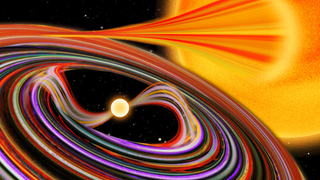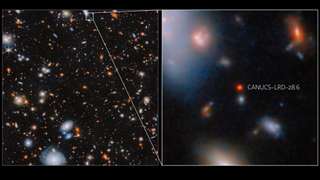Robert Lea is a science journalist in the U.K. whose articles have been published in Physics World, New Scientist, Astronomy Magazine, All About Space, Newsweek and ZME Science. He also writes about science communication for Elsevier and the European Journal of Physics. Rob holds a bachelor of science degree in physics and astronomy from the U.K.’s Open University. Follow him on Twitter @sciencef1rst.
Latest articles by Robert Lea
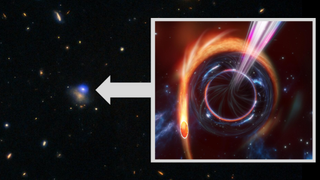
Mysterious bright blue cosmic blasts triggered by black holes shredding stars, scientists say. 'It's definitely not just an exploding star.'
By Robert Lea published
"The sheer amount of radiated energy from these bursts is so large that you can't power them with a core collapse stellar explosion — or any other type of normal stellar explosion."
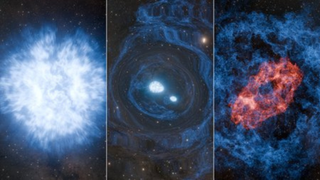
Astronomers may have spotted the 1st known 'superkilonova' double star explosion
By Robert Lea published
"We do not know with certainty that we found a superkilonova, but the event nevertheless is eye-opening."
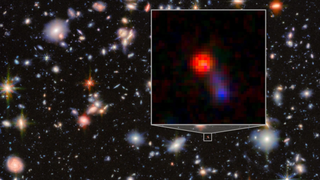
James Webb Space Telescope watches 'Jekyll and Hyde' galaxy shapeshift into a cosmic monster
By Robert Lea published
"Virgil has two personalities, its 'good' side – a typical young galaxy quietly forming stars. But Virgil transforms into the host of a heavily obscured supermassive black hole, pouring out immense quantities of energy."
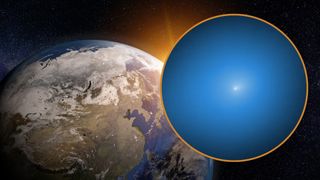
Farewell, comet 3I/ATLAS! Interstellar visitor heads for the outer solar system after its closest approach to Earth
By Robert Lea published
3I/ATLAS has now made its closest approach to the sun and Earth and is now heading back out toward the outer solar system.

Astronomers capture 1st direct images of collisions in a nearby star system: 'It's like looking back in time'
By Robert Lea published
"It's like looking back in time in a sense, to that violent period of our solar system when it was less than a billion years old."
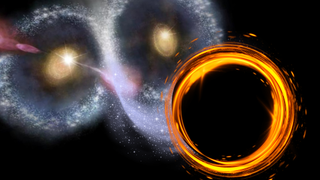
James Webb Space Telescope confirms 1st 'runaway' supermassive black hole rocketing through home galaxy at 2.2 million mph: 'It boggles the mind!'
By Robert Lea published
"The forces that are needed to dislodge such a massive black hole from its home are enormous."
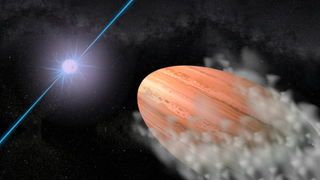
James Webb Space Telescope discovers a lemon-shaped exoplanet unlike anything seen before: 'What the heck is this?'
By Robert Lea published
"This was an absolute surprise. It's extremely different from what we expected."
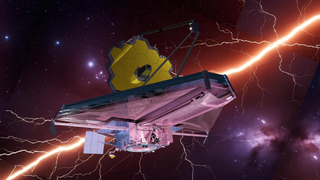
James Webb Space Telescope could illuminate dark matter in a way scientists didn't realize
By Robert Lea published
Smooth filaments stretching for many light-years, seen by the powerful space telescope, could indicate what the right "recipe" is for dark matter.
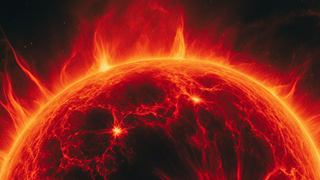
James Webb Space Telescope finds 1st evidence of 'dinosaur-like' stars in the early universe
By Robert Lea published
"A bit like dinosaurs on Earth — they were enormous and primitive. And they had short lives, living for just a quarter of a million years."
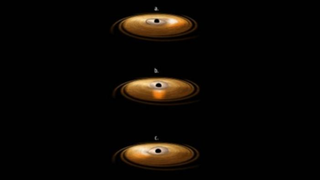
Einstein's right again! Scientists catch a feasting black hole dragging the very fabric of spacetime
By Robert Lea published
"This is a real gift for physicists as we confirm predictions made more than a century ago."
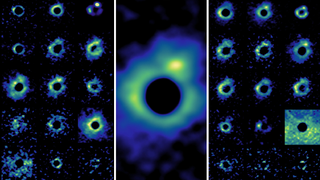
57 ways to capture a dying star: Astronomers get a glimpse of what will happen when our sun dies
By Robert Lea published
"With ALMA, we can now see the atmosphere of a dying star with a level of clarity in a similar way to what we do for the sun."
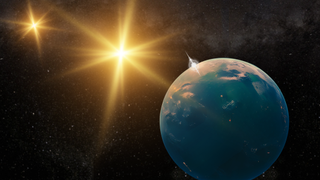
Astronomers discover images of rare Tatooine-like exoplanet with a strange 300-year orbit: 'Exactly how it works is still uncertain'
By Robert Lea published
The planet formed 50 million years after the dinosaurs died, making it incredibly young in cosmic terms.
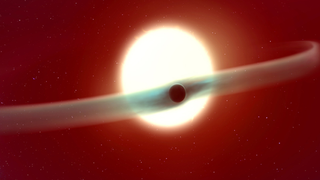
James Webb Space Telescope discovers a hot Jupiter exoplanet leaking twin gas tails that defy explanation
By Robert Lea published
"We are only beginning to discover the true complexity of these worlds."
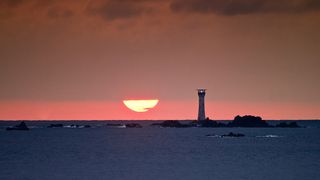
When is the winter solstice and what happens?
By Robert Lea last updated
Reference Winter Solstice has long marked a time of rebirth, behind it are fascinating astronomical events.
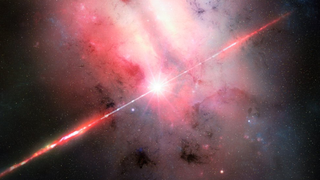
This 7-hour cosmic explosion is the longest gamma-ray burst ever seen. Could it be from an elusive class of black hole?
By Robert Lea published
"This is certainly an outburst unlike any other we've seen in the past 50 years."
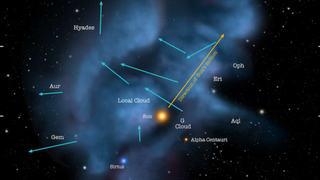
Scientists discover cosmic 'scar' in interstellar clouds left by a close shave between our sun and 2 intruder stars
By Robert Lea published
"It’s kind of a jigsaw puzzle where all the different pieces are moving."
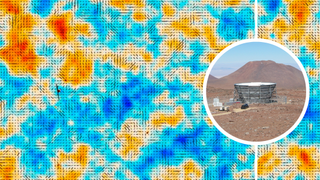
'Hubble tension' is back again as a new cosmic map deepens the puzzle
By Robert Lea published
"It means cleaning house, narrowing the viable paths forward, and no longer spending energy on what are evidently dead ends."
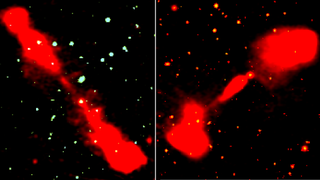
Scientists discover 53 powerful quasars shooting out jets up to 50 times wider than our Milky Way
By Robert Lea published
"The sizes of these radio jets are not comparable to our solar system or even our galaxy."
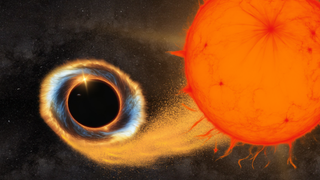
NASA exoplanet-hunting spacecraft hears a red giant star 'singing' to its partner black hole
By Robert Lea published
NASA's exoplanet-hunting spacecraft TESS has heard the song a star-quaking red giant sings to its partner black hole.
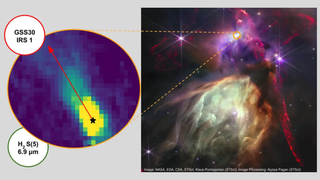
James Webb Space Telescope spies mysterious high-energy radiation in star nursery
By Robert Lea published
Using the James Webb Space Telescope, astronomers have discovered puzzling ultraviolet radiation around young stars in a stellar nursery.

Have gravitational waves provided the first hint of primordial black holes born during the Big Bang?
By Robert Lea published
Scientists may have "heard" the first tantalizing evidence of primordial black holes formed directly from overly dense pockets of matter just after the Big Bang.

James Webb Space Telescope watches our Milky Way galaxy's monster black hole fire out a flare
By Robert Lea published
"In order to get such high sensitivity in the mid-infrared, one needs to go to space, as the atmosphere severely messes up ground-based observations at this wavelength."

Scientists may have finally 'seen' dark matter for the 1st time
By Robert Lea published
The NASA gamma-ray spacecraft Fermi may have enabled scientists to "see" dark matter, the universe's most mysterious stuff, for the first time.
Breaking space news, the latest updates on rocket launches, skywatching events and more!

